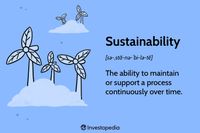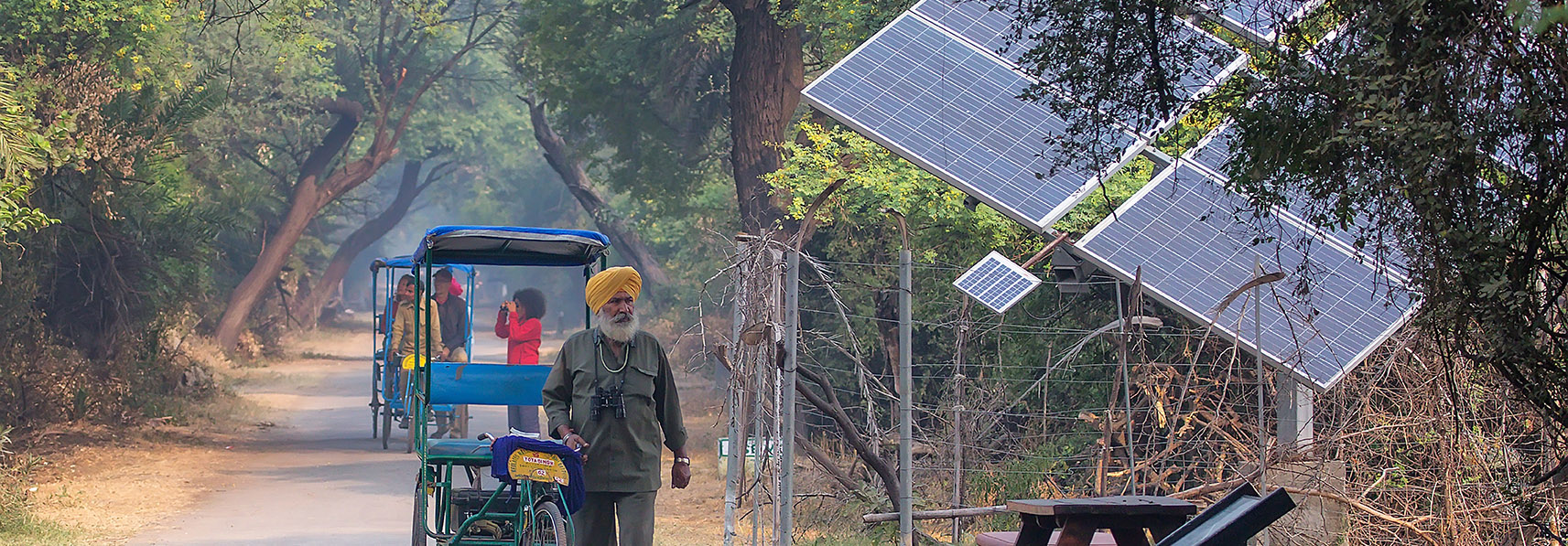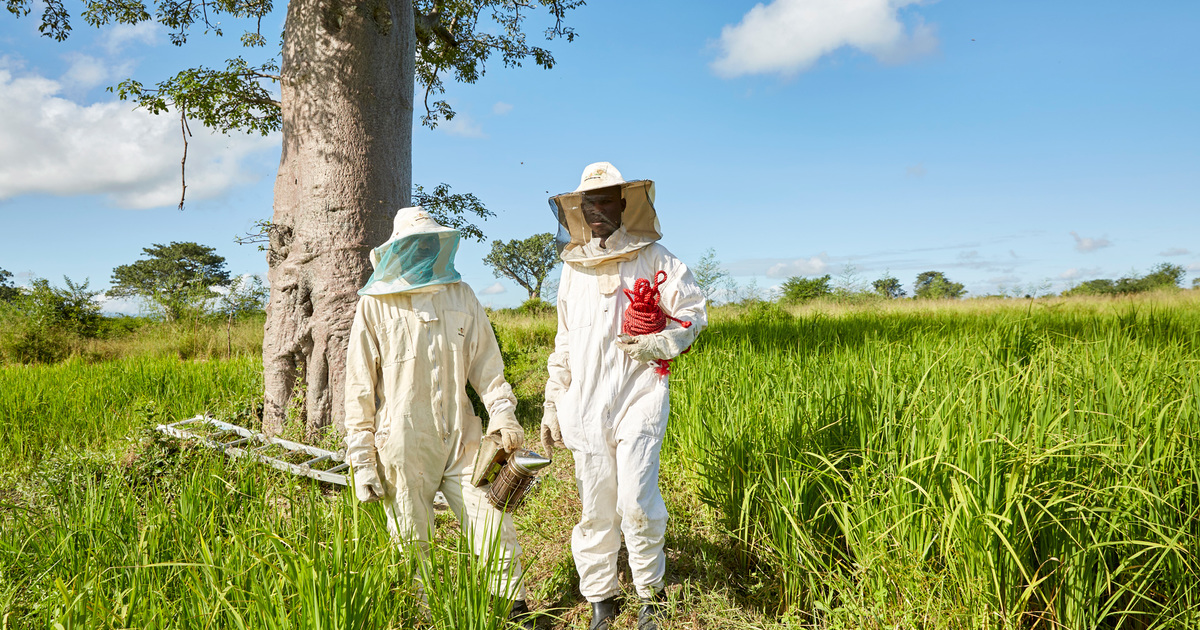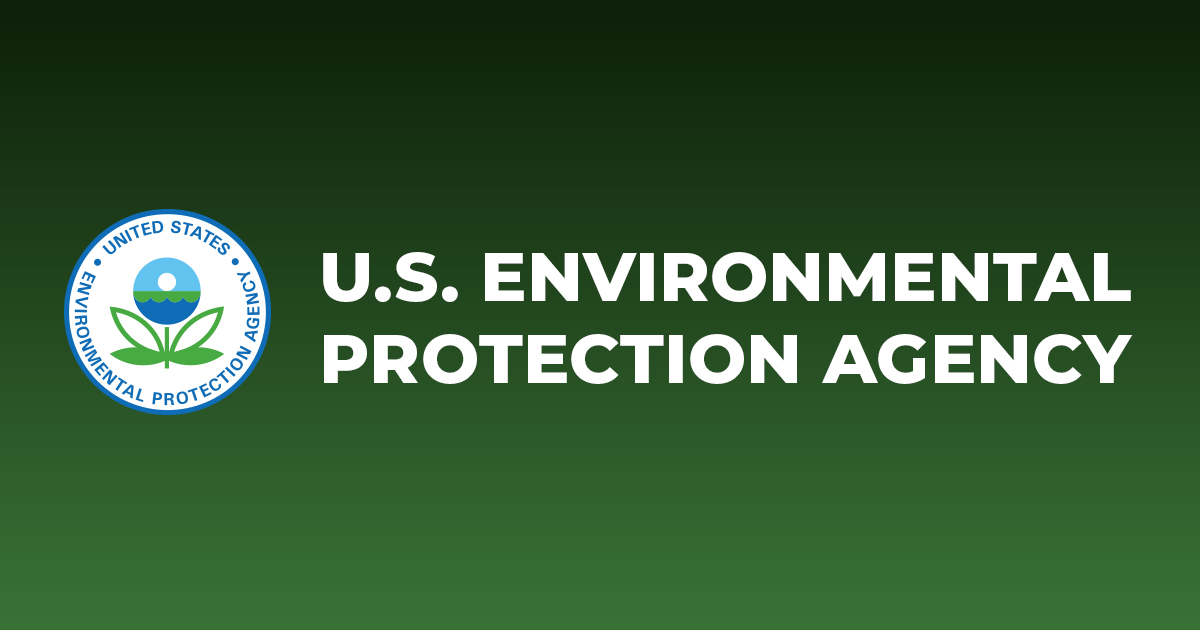Durchsuchen Sie die Webergebnisse zu dieser Domain.

In Canada, sustainable indigenous practices are gaining recognition as valuable contributions to environmental stewardship and conservation.
In Canada, sustainable indigenous practices are gaining recognition as valuable contributions to environmental stewardship and conservation. Drawing on traditional knowledge and a deep connection to the land, indigenous communities are leading the way in implementing sustainable practices that promote biodiversity, protect ecosystems, and foster resilience in the face of climate change.Indigenous communities worldwide have maintained a deep connection with their natural surroundings for centuries, despite their struggles. From the Palestinians in the Middle East to the Sámi’s of the Arctic, profound insights and sustainable practices have played a crucial role in fostering environmental harmony and offer invaluable lessons for contemporary conservation.Recognizing the vital role that Indigenous communities play as stewards of the land is essential to forge a path towards a more harmonious and sustainable coexistence with nature. Integrating traditional knowledge with modern conservation practices, fostering collaboration, and respecting the rights of indigenous communities are crucial steps in preserving the environmental wisdom embedded in their traditions.That said, Western pharmaceutical companies can learn from Indigenous people by embracing the sustainable use of natural resources and contribute to more culturally sensitive and environmentally conscious healthcare practices. · You might also like: How Deforestation Impacts Indigenous Communities

The movement towards a more sustainable event industry is not a fleeting trend but a crucial shift to ensure its continued viability. It’s about responsible resource utilisation, meeting stakeholder expectations and making a positive difference in the world. As the global community becomes more conscious of environmental ...
The movement towards a more sustainable event industry is not a fleeting trend but a crucial shift to ensure its continued viability. It’s about responsible resource utilisation, meeting stakeholder expectations and making a positive difference in the world. As the global community becomes more conscious of environmental concerns, the event industry’s commitment to sustainability will be pivotal in shaping its future success.As sustainability becomes increasingly important, integrating sustainable practices into event planning is essential to the industry's success.Moreover, sustainable events often involve local communities, thereby promoting local economies and fostering community relations.Single use plastics and other items that are popular at events have a significant impact on the environment. By integrating sustainability, the event industry can mitigate these effects, making a difference in global conservation efforts.

The Community Sustainability Action grants are provided to rehabilitate, protect and support Queensland's unique environment and wildlife; offer valuable research into long-term viability of koala populations in the wild; and conserve and improve the community's access to Queensland's heritage ...
The Community Sustainability Action grants are provided to rehabilitate, protect and support Queensland's unique environment and wildlife; offer valuable research into long-term viability of koala populations in the wild; and conserve and improve the community's access to Queensland's heritage places.The Community Sustainability Action grants provide grant funding to eligible community groups and individuals for innovative projects which seek to address climate change, conserve Queensland’s natural and built environment and protect our unique wildlife.To date, a total of over $32 million has been allocated to 1006 projects under the Community Sustainability Action grant program. View a list of the current and previous Community Sustainability Action grant recipients.Successful applicants under Round 7—Community Sustainable Spaces have been announced.
The term "sustainable communities" ... or modified to promote sustainable living. Sustainable communities tend to focus on environmental and economic sustainability, urban infrastructure, social equity, and municipal government....
The term "sustainable communities" has various definitions, but in essence refers to communities planned, built, or modified to promote sustainable living. Sustainable communities tend to focus on environmental and economic sustainability, urban infrastructure, social equity, and municipal government.The Institute for Sustainable Communities outlines how political empowerment and social well-being are also part of the definition. Additionally, referring to communities in Shanghai and Singapore, geographer Lily Kong has paired concepts of cultural sustainability and social sustainability alongside environmental sustainability as aspects of sustainable communities.Etymologically, the term "sustainable community" grew out of the related discourses of "sustainability" and "sustainable development" that gained widespread use among local, national, and international politicians and policymakers in NGOs starting in the late 1980s. The term originally referred to environmental concerns and was later applied to cities.Many also offer plans and guidance on improving the sustainability of various practices, such as land use and community design, transportation, energy efficiency, waste reduction, and climate friendly purchasing. Some government groups will create partnerships where departments will work together using grants to provide resources to communities like clean air and water, community planning, economic development, equity and environmental justice, as well as housing and transportation choices.These departments work together with a mission to “improve access to affordable housing, increase transportation options, and lower transportation costs while protecting the environment”. All three bureaus offer funding opportunities to support communities in areas of clean air and water, community planning, economic development, energy efficiency, equity and environmental justice, as well as housing and transportation choices. The partnership incorporates six principles of livability into its grant-making and program development.: ... Along with working collaboratively, these government a

The construction industry plays a critical role in shaping our built environment, and with that responsibility comes the need to prioritise sustainability. As the global population continues to grow and urbanise, the demand for resource-efficient, environmentally friendly construction methods ...
The construction industry plays a critical role in shaping our built environment, and with that responsibility comes the need to prioritise sustainability. As the global population continues to grow and urbanise, the demand for resource-efficient, environmentally friendly construction methods has never been higher.This involves using eco-friendly materials, implementing energy-efficient systems, reducing waste generation, and creating healthy indoor environments. The primary aim of sustainable construction is to minimise the depletion of natural resources, reduce greenhouse gas emissions, and promote the well-being of both occupants and the surrounding community.Moreover, new data shows that building and construction works also account for up to 40% of solid waste generation and 30% of global raw materials. However, in addition to the environmental impact, sustainability in construction is crucial for the long-term economic and social prosperity of communities.Consequently, this leads to a decrease in greenhouse gas emissions and a lower carbon footprint for the built environment. Additionally, green construction methods can contribute to improved water management, waste reduction, and the promotion of biodiversity. The social benefits of sustainability in the construction industry are equally significant, fostering a sense of community and well-being among inhabitants.
When a community has decided that they want to reap the rewards of sustainability development, there is often a question of when it should be done in order to be successful. Are they too set in their ways to make such a significant change? Is it too late to reduce their environmental impact? Is the damage already too great to reverse? The fact of the matter ...
When a community has decided that they want to reap the rewards of sustainability development, there is often a question of when it should be done in order to be successful. Are they too set in their ways to make such a significant change? Is it too late to reduce their environmental impact? Is the damage already too great to reverse? The fact of the matter is that there is never a wrong time to begin using sustainable practices.Topics in this article will include an explanation of what sustainability entails and what is required for its success in a community setting. Reasons why a community should consider becoming sustainable, the factors involved, and when the best time to beDiscussions surrounding communities and community development in recent years have seen an increase in chatter regarding sustainability. It's an effort to take into account future needs and self-reliance as the community as society and the economy change over time. It's also an open and conscious way to address the environmental impact that communities have throughout their lifetimes.Reasons why a community should consider becoming sustainable, the factors involved, and when the best time to begin sustainable practices will also be discussed. ... Sustainability is a practice where human needs and actions are addressed in a way that is environmentally friendly and stable.1 It's behaviors and actions that takes into account the effects individual actions have on the world and society as a whole and towards future generations.

Find out what the principles and practices are for sustainable social, environmental and economic development through the three pillars of sustainability.
Sustainability is an essential part of facing current and future global challenges, not only those related to the environment. Here’s what’s involved.

Sustainability focuses on meeting the needs of the present without compromising the ability of future generations to meet their needs.
The principles of sustainability refer to the three core concepts of environmental, social, and economic sustainability–sometimes broken down as "people, planet, and profits." This means that in order to be considered sustainable, a business must be able to conserve natural resources, support a healthy community and workforce, and earn enough revenue to remain financially viable for the long-term.Many sustainable businesses seek to reduce their environmental footprint by using renewable energy or by reducing waste. Companies may also be more sustainable by promoting diversity and fairness in their workforce, or enacting policies that benefit the local community.Other resources such as as rainforest timber, fishery stocks, sea corals, and other wildlife can be sustainable, if they are only harvested be limits that allow existing stocks to be replenished. As consumers become more environmentally conscious, more companies and businesses are finding ways to reduce their impacts upon the planet and their community.Based on interviews with senior executives across 43 global investing firms, Harvard Business Review has argued that the perception among some business leaders that environmental, social, and governance issues are not mainstream in the investment community is outdated.

Although laypeople often use them interchangeably, sustainability and resilience aren’t the same thing. In fact, resilience isn’t even a single concept. Two influential ecologists have defined “resilience” in two completely different ways. This might seem like an academic debate over words – and indeed, not all environmental policymakers even know that this conflict exists. But they should. That’s because how we define problems, and come up with solutions, matters...
Environmental policymakers like to talk about sustainability and resilience. But in my experience, not enough of them know what these words mean. To get better results, they can start by defining their terms. ... Write an article and join a growing community of more than 195,500 academics and researchers from 5,104 institutions.That’s when the United Nations’ World Commission on Environment and Development defined sustainable development as “development that meets the needs of the present without compromising the ability of future generations to meet their own needs” in its high-profile report “Our Common Future”. This was a big deal. In the post-World War II era, environmental concerns had been expressed prominently and vividly by people such as conservationist Rachel Carson in her book “Silent Spring,” but until the U.N.’s 1987 report, no appropriate world body had officially recognized the relevance of these concerns.“Sustainability” and “resilience” have become buzzwords in recent years, but many people don’t know what either term really means. As an economist who studies environmental issues, I believe an important first step to solving any problem is to define your terms clearly.In other words, if you think a system has only one equilibrium state, then Pimm, or engineering resilience, is the correct concept to use. This is because no matter how badly this system gets shocked, when the shock is removed, this system will always return to its unique state of balance.
Fosters a community spirit that creates a sense of belonging, a sense of place, and a sense of self-worth. Stimulation of creative expression through the arts. Protection and enhancement of public spaces and historic resources. Provision for a healthy work environment.
Fosters a community spirit that creates a sense of belonging, a sense of place, and a sense of self-worth. Stimulation of creative expression through the arts. Protection and enhancement of public spaces and historic resources. Provision for a healthy work environment.ISC’s mission is to help communities around the world address environmental, economic and social challenges to build a better future shaped and shared by all.Since 1991, ISC has worked with thousands of communities, organizations, institutions and companies in more than 30 countries. We believe strong communities are the foundation of a peaceful and healthy planet for humanity.A sustainable community takes into account, and addresses, multiple human needs, not just one at the exclusion of all others.

Our homes and the land they occupy ... the environment and our overall well-being. As we strive for a better world, we must consider how we design and build our homes and how we use and care for our land. This article will explore the importance of sustainable community development and why it matters...
Our homes and the land they occupy can significantly impact the environment and our overall well-being. As we strive for a better world, we must consider how we design and build our homes and how we use and care for our land. This article will explore the importance of sustainable community development and why it matters.Learn about sustainable community development and why it matters for building a better world. Explore key concepts and strategies.Building a sustainable community is not a one-person job. It requires the involvement and active participation of community members. Community engagement creates a sense of ownership, promotes transparency, and helps identify community needs and priorities. A significant contributor to climate change is the burning of fossil fuels, which pollutes the environment and poses a threat to public health.This makes solar energy more effective and appealing for business environments. Supporting local businesses helps keep money circulating within the community, fosters a sense of community pride, and promotes job creation. Encouraging local entrepreneurship and small business growth can contribute to economic sustainability.

The three main pillars on which sustainability operates are: Environmental concerns: protecting the environment by reducing risks and protecting natural resources · Socially responsible practices: a focus on the well-being of people and communities, promoting equity, human rights, and universal ...
The three main pillars on which sustainability operates are: Environmental concerns: protecting the environment by reducing risks and protecting natural resources · Socially responsible practices: a focus on the well-being of people and communities, promoting equity, human rights, and universal access to resources like education and healthcareSustainable urban planning and infrastructure create healthier living environments, and social sustainability fosters communities where everyone can thrive.Sustainability encourages coexistence between humans and wildlife by promoting practices that minimise human-wildlife conflict. This can range from establishing wildlife corridors to protect migratory species in areas with highways or traffic to educating farmers or rural villagers who come into frequent contact with wild animals. Education and community engagement foster a greater understanding and appreciation of wildlife, supporting solutions for peaceful coexistence.Across the globe, we support numerous projects based around sustainability, with the end goal of protecting the biodiversity we need for our planet to survive. In Kenya, where wild animals, livestock, and humans often compete for resources, IFAW works with wildlife conservancies to reduce conflict and habitat loss while also securing an economic future for the communities.

This publication offers low-income, minority, tribal, and overburdened communities approaches to shape development that responds to their needs and reflects their values.
Creating Equitable, Healthy, and Sustainable Communities: Strategies for Advancing Smart Growth, Environmental Justice, and Equitable Development (pdf) (3.56 MB) (2013) offers low-income, minority, tribal, and overburdened communities approaches that can guide development to respond to their needs and reflect their values.Communities across the country are integrating smart growth, environmental justice, and equitable development approaches to design and build healthy, sustainable, and inclusive neighborhoods.Creating Equitable, Healthy, and Sustainable Communities was developed jointly by EPA’s Office of Environmental Justice and Office of Community Revitalization.It provides a menu of land use and community design strategies that bring together smart growth, environmental justice, and equitable development principles and that community-based organizations, local and regional decision-makers, developers, and others can use to revitalize their communities.

Furthermore, our projects support and empower local communities, following the important sustainability idea that we must save the environment while encouraging social equality. We use a valuable existing resource, waste pickers, and provide personal protective equipment, proper training, and ...
Furthermore, our projects support and empower local communities, following the important sustainability idea that we must save the environment while encouraging social equality. We use a valuable existing resource, waste pickers, and provide personal protective equipment, proper training, and access to healthcare when needed.You need time to develop a sustainable business model. Unfortunately, time isn’t something that the environment has. Buy some time by partnering with TONTOTON to address your plastic waste now. It’s not just good for the environment and local communities, but it’s good for business, too.Sustainability is a policy concept that seeks to reduce humans’ impact on the world while ensuring prosperity for future generations.This reduces disease, brings back marine life that many of these communities depend upon for food, and encourages tourism through cleaner beaches. Once we’ve purchased collected plastic from waste pickers, we send the plastic waste to cement factories for co-processing: a zero-waste process which converts the plastic to energy and raw materials that are mixed into the cement. As an energy source, plastic is more efficient and cleaner than coal, ensuring that the plastic waste is removed from the environment in the cleanest way possible.

A sustainable community reflects the interdependence of economic, environmental, and social issues by acknowledging that regions, cities, towns and rural lands must continue into the future without diminishing the land, water, air, natural and cultural resources that support them.
A sustainable community reflects the interdependence of economic, environmental, and social issues by acknowledging that regions, cities, towns and rural lands must continue into the future without diminishing the land, water, air, natural and cultural resources that support them.But it's not a bad start, in my opinion. It basically describes the vision of a sustainable community created jointly by some 25 attendees at NRDC's recent sustainable communities planning retreat. Utopian? Maybe so, but since when has the environmental community not been idealistic?One thing that I have learned in six months in my new position as director of sustainable communities at NRDC is even a lot of environmentalists don't quite know what to make of the phrase.More specifically to an environmental group such as NRDC, where I work, we use the phrase to describe places where per capita use of resources and per capita emissions of greenhouse gases and other pollutants are going down, not up; where the air and waterways are accessible and clean; where land is used efficiently, and shared parks and public spaces are plentiful and easily visited; where people of different ages, income levels, and cultural backgrounds share environmental, social, and cultural benefits equally; where many needs of daily life can be met within a 20-minute walk, and all may b
Whether it’s planting native ... practices, we empower individuals, families, and communities to help the environment while helping themselves. Community support powers Sustainability Matters; there’s no big money or national organization behind us....
Whether it’s planting native wildflower meadows at landfills, teaching novice gardeners to grow their own food, or helping farmers access funding for conservation practices, we empower individuals, families, and communities to help the environment while helping themselves. Community support powers Sustainability Matters; there’s no big money or national organization behind us.Virginia-grown grassroots environmental nonprofit. We cultivate community through conservation. Game-changing projects, local workshops, global webinars.We’re a Virginia grown grassroots nonprofit, cultivating community through conservation. We bring sustainability to unexpected places.Sustainability Matters’ official spokescat, Haym, purroffers his sustainable savvy for the season: leave those leaves! Actually, skip fall garden cleanup altogether. Leaves mulch your plants over the winter, while offering nutrients to the soil and hibernation habitat to wildlife and overwintering pollinators.

Building a sustainable business practice has taken on a new meaning. Now organizations are not only concerned with creating a long-lasting business, but one that takes into consideration the planet, the physical environment we all live in. But what can the channel community focus on?
At the end of the day, sustainability is about more than just profits—it’s about doing good for society and the planet. Organizations that engage in sustainable practices can play a meaningful role in their communities.That’s not just good for the environment—it’s good for the bottom line, too. For all business owners, keeping operational costs low is essential to staying competitive. The good news is that adopting sustainable practices often leads to significant cost savings.Let’s face it: today’s customers care about sustainability. More and more, clients are looking for partners who align with their values, especially when it comes to environmental and social responsibility.Whether it’s through reducing waste, supporting fair labor practices, or giving back to local causes, sustainability builds stronger ties with stakeholders. Deloitte’s report also notes that the TMT sector is feeling pressure not just about climate but about data privacy and labor rights in the supply chain. As solution providers and vendors alike typically handle large amounts of sensitive data, being responsible stewards of both the environment and personal information is a must.


Sustainability goes beyond just using renewable energy or ensuring job security; it involves empowering communities to lead their own development. At PCS, we prioritize creating "Community Owned" initiatives, where organizations are influenced by and accountable to the community they serve.
“I further think of Community Ownership as it relates to the United Nations Declaration on the Rights of Indigenous People. It refers to ownership as sovereignty and voice in all matters related to life itself – culture, society, language, economy, children, education, health, human rights.At PCS, we focus heavily on sustainability in our capacity development projects, where we enter existing spaces and assist in co-creating something new. A term that frequently comes up in this context is “Community Owned.”The common definition of ‘Community Owned’ suggests that when an organization is influenced through ownership and/or representation by community members, it operates in a way that is available to the community at large to utilize and benefit from. When this is achieved, and especially when combined with representation from governing bodies, the organization becomes sustainable.Community Stakeholders: Members from the community that the organization serves hold stakes in the organization, either through leadership roles or ownership. Government Participation: Entities like the government hold shares, ensuring they remain committed to ethical and sustained participation.

Sustainable innovations influence companies, the economy, and society. Find out what is important for innovation and sustainability in management.
Sustainability and innovation: what matters in innovation management. ... The development of sustainable innovations requires a rethink, which is already reflected in the innovation strategy. The aim is to generate innovative ideas that have a positive impact on society, the economy, and the environment.Sustainable innovations aim to develop long-term strategies that bring economic success as well as social improvements and environmental protection. ... Sustainable innovation refers to the development and implementation of new products, processes, or services that make a positive contribution economically, ecologically, and socially. From an ecological perspective, sustainable innovation should help to reduce the consumption of resources, for example.When developing sustainable ideas, innovation managers should take certain aspects into account. For example, this includes: The integration of environmentally friendly materials and processes.Sustainability is an important factor for companies that want to take their responsibility for the environment and society seriously. There are various measures that companies can take to promote sustainability; e.g. reducing energy consumption, saving water and other resources, reducing waste and emissions, and increasing employee awareness of sustainability.

Read why environmental, social, and corporate governance plays a key role in ethical business practices today. Discover how to create an ESG report that matters
They also include groups such as environmental non-governmental organizations (NGOs) and charities, civil groups, local communities, and organizations. On the other hand, ignoring environmental considerations will eventually alienate customers, investors, and shareholders. In turn, this will affect your company image and increase your risk of staying in business. ESG reporting should completely align with the company’s business plan and goals in order for it to be viewed as a useful tool. This approach helps companies easily communicate their sustainability goals, which aids in making connections with investors and employees.Their primary goal is to help middle-market companies automate Impact Reporting with ESG Software. Leveraging the power of AI, machine learning, and AWS to transition to a sustainable business model. Serving clients in the United States, Canada, UK, Europe, and the global community.ESG reporting is the act of creating a document that provides transparency on environmental, social, and governance risks and opportunities. This document should provide information to stakeholders about the company’s adherence to sustainability goals and how they can identify opportunities for improvement.ESG reports are becoming more popular as investors focus their attention on companies’ environmental performance in addition to financial statements. A company’s act of reporting its ESG efforts is a way for it to create a blueprint of its commitment to sustainability goals.








